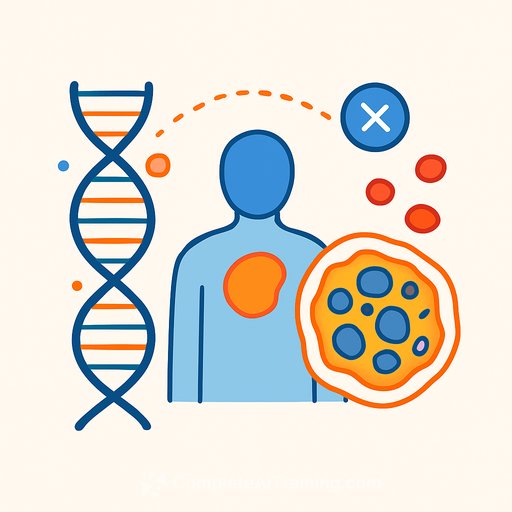Mistral launches science unit to apply AI to real research problems
French AI company Mistral is creating a new division focused on applying AI to scientific discovery across maths, physics, chemistry, biology and material sciences. The group will start lean: a team of 10, with two roles already live on its careers site.
Founded in 2023 to build open-source large language models that compete with US Big Tech, Mistral has quickly scaled in Europe. It has raised nearly €2.8bn and recently reached an €11.7bn valuation.
Why now
Mistral's enterprise business has momentum. It signed a €100m multi-year deal with CMA CGM to develop AI use cases and custom models, and secured a €1.7bn Series C led by ASML, paired with a strategic partnership to build new products and services.
Cofounder and chief scientist Guillaume Lample, formerly at Meta and a creator of Llama, says the company is ready to invest in science work. He argues that many fields lack people fluent in both domain science and AI, which is why progress lags behind areas like code generation.
What the science unit will tackle
The team will identify high-value scientific problems where AI can move the needle, then run independent research projects with clear paths to industry impact. Near-term targets include challenges at ASML tied to materials and mathematics, protein folding for drug discovery, and time series modeling used in finance and other data-rich sectors.
- Materials and lithography: improved modeling and search strategies for process and materials design.
- Protein folding: structure prediction to speed up target validation and candidate screening. See the AlphaFold Protein Structure Database for context.
- Physics and maths: symbolic reasoning, simulation surrogates, and theorem or proof assistance.
- Time series: forecasting, anomaly detection, and causal analysis for industrial and financial signals.
What it means for scientists and R&D leaders
Expect tighter collaboration between AI engineers and domain experts, with workflows that combine simulation data, literature, and lab results into unified modeling loops. The outcome to aim for: faster hypothesis generation, better model selection, and experimental cycles that learn from every iteration.
- Data readiness: organize clean, queryable datasets with clear provenance and units.
- Validation: build benchmark tasks, baselines, and protocols before scaling experiments.
- Compute and tooling: plan for GPU access, experiment tracking, and secure data sharing.
- People: pair domain scientists with ML researchers; define ownership and review gates.
- Governance: address IP, compliance, and reproducibility from the start.
Hiring and access
Mistral plans to hire 10 people into the science unit, with initial roles already posted. The company's goal is to deliver advanced scientific solutions that translate into measurable value for partners.
Related resources
- ASML company overview: asml.com
- Protein structures at scale: AlphaFold DB (EMBL-EBI)
If your team is upskilling for AI-intensive research, explore practical programs at Complete AI Training: Courses by Job and hands-on credentials like the AI Certification for Data Analysis.
Your membership also unlocks:






